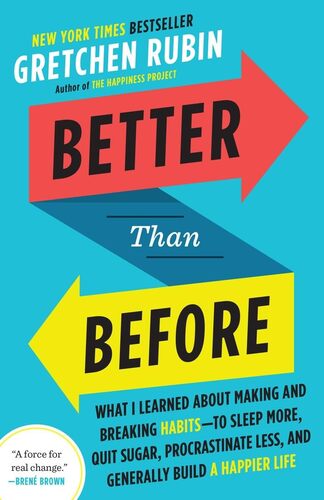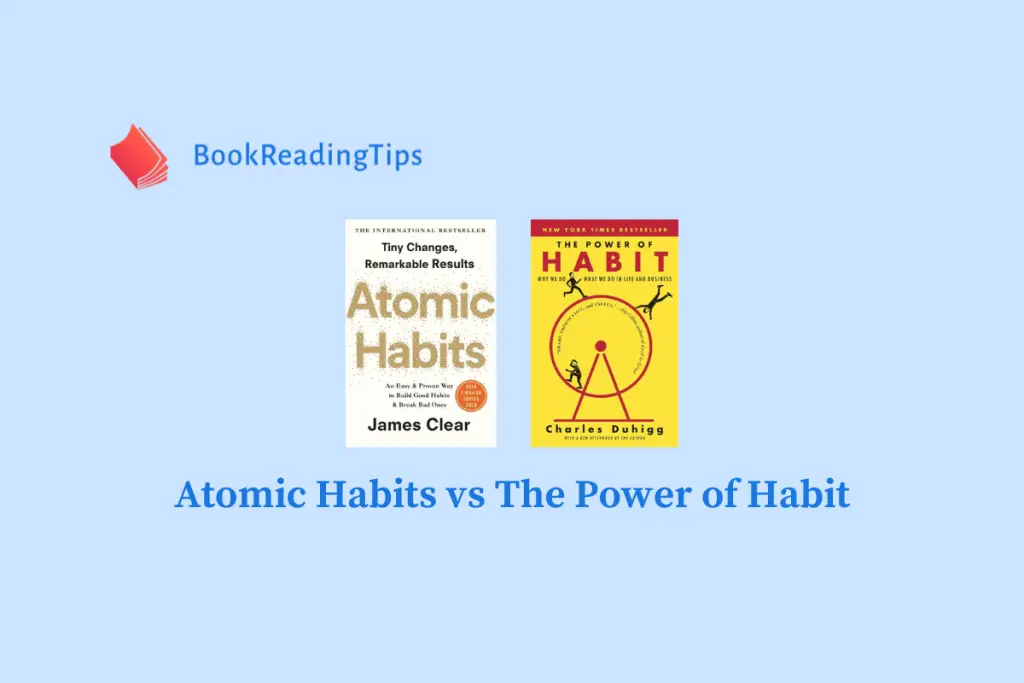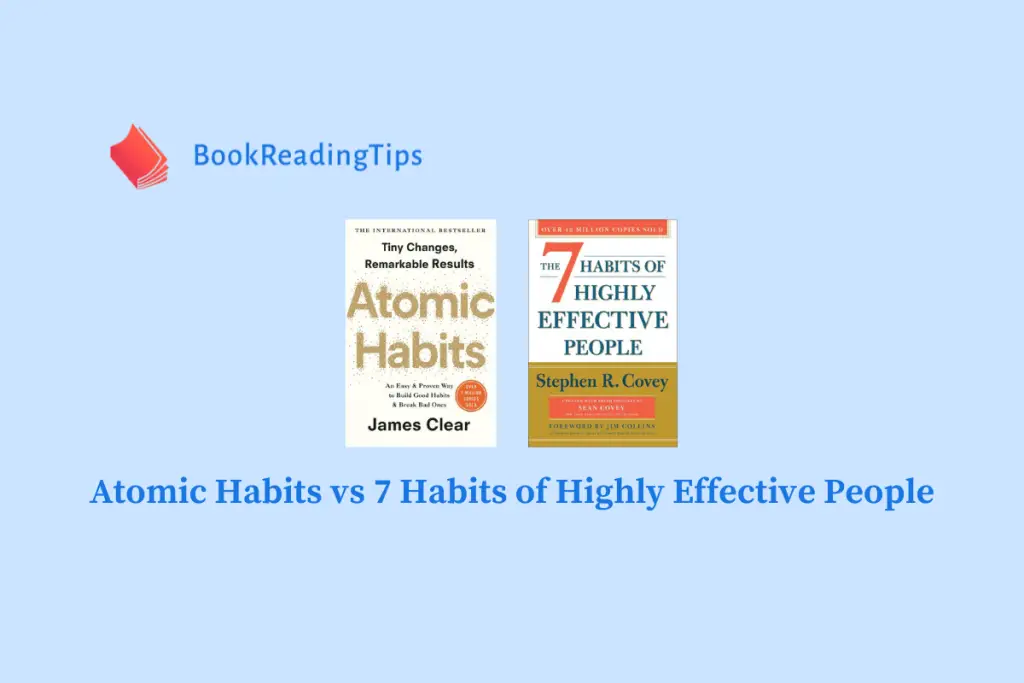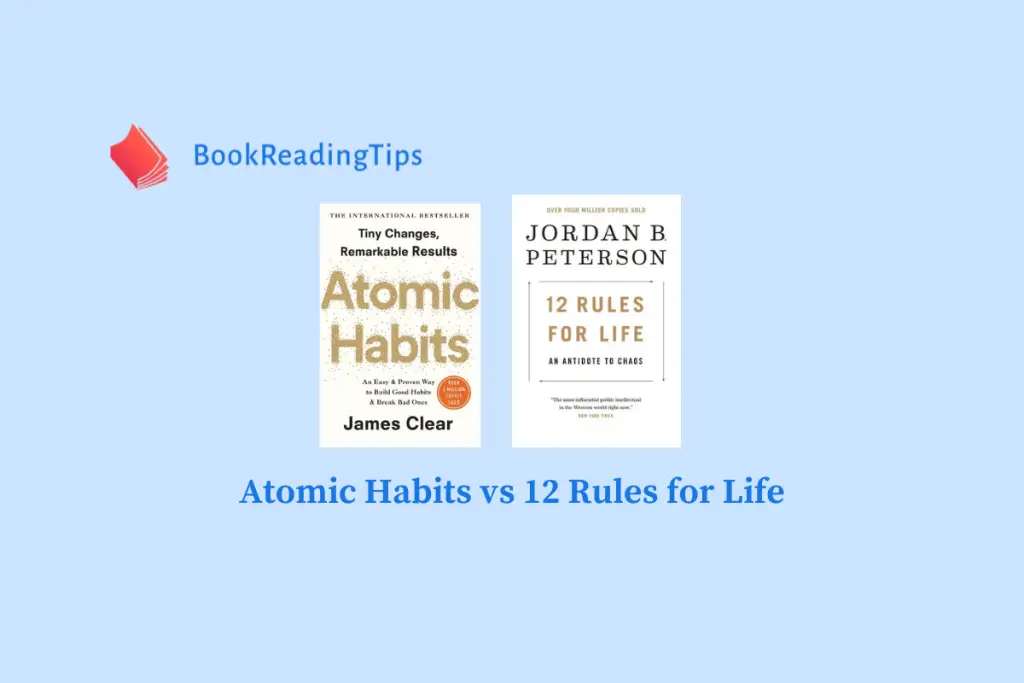Are you looking to improve your life, but not sure where to start? Two books that have gained popularity in recent years for their practical and effective advice are “Better Than Before” by Gretchen Rubin and “Atomic Habits” by James Clear. “Better Than Before” delves into the science behind habits, and how understanding our tendencies can help us create lasting change. On the other hand, “Atomic Habits” offers a comprehensive guide on how to create good habits, break the bad ones, and master the tiny behaviors that lead to remarkable results.
“Better Than Before” is more about understanding the nature of your habits and tendencies, and using that knowledge to make positive changes. It’s a great read for those who want to dive deep into the psychology behind their actions. “Atomic Habits”, on the other hand, is more of a practical guide, providing actionable steps to form good habits and break bad ones. It’s perfect for those who want a straightforward, step-by-step guide to improving their daily routines.
In this article, I will be discussing both books in depth, comparing their different approaches to habit formation, and sharing my insights. I believe that understanding the key takeaways from both books can provide a comprehensive toolkit for personal growth and self-improvement. Whether you’re looking to overhaul your entire lifestyle or just make a few small changes, these books offer valuable insights that can help you on your journey. So, let’s delve deeper into the wisdom that “Better Than Before” and “Atomic Habits” have to offer.
Table of Contents
- Delving Into the Depths of “Better Than Before”
- Unraveling the Wisdom of “Atomic Habits”
- Similarities & Differences Between Books
- FAQs
- 1. What are the main differences between Better Than Before and Atomic Habits?
- 2. Which book is easier to read and understand?
- 3. Which book is more practical for everyday use?
- 4. Can I read both books or should I choose one?
- 5. Are there any criticisms of Better Than Before and Atomic Habits?
- 6. Which book is more popular?
- Conclusion
Delving Into the Depths of “Better Than Before”

1. Understanding Ourselves
One of the key principles Gretchen Rubin outlines in her book “Better Than Before” is the importance of self-understanding. Rubin suggests that we cannot effectively change our habits until we fully understand ourselves. She introduces a framework called the “Four Tendencies” to help us identify how we respond to expectations. This framework categorizes us into Upholders, Questioners, Obligers, or Rebels, each with unique responses to inner and outer expectations. I believe understanding our tendency can help us create strategies that work for us, rather than against us.
2. Foundation of Habits
Rubin also emphasizes the significance of foundational habits and how they impact our lives. These are habits that, once changed, can trigger a cascade of positive changes in other areas of our lives. For instance, getting enough sleep can lead to better decision-making, which can improve our work performance, relationships, and overall well-being. In my view, recognizing and focusing on these foundational habits can be a game-changer in our journey toward self-improvement.
3. The Role of Environment
Lastly, “Better Than Before” highlights the role our surroundings play in shaping our habits. Rubin suggests that by manipulating our environment, we can make it easier to foster good habits and harder to maintain bad ones. I think this principle is particularly powerful because it acknowledges that willpower alone is often not enough to change our habits.
Unraveling the Wisdom of “Atomic Habits”

1. The Power of Small Changes
James Clear, in his book “Atomic Habits”, proposes that tiny, consistent changes can lead to significant results over time. He likens these changes to atoms, the smallest units of matter, yet capable of creating enormous energy when multiplied. I feel this principle is both encouraging and practical, as it shifts our focus from daunting, large-scale changes to manageable, small-scale adjustments.
2. Four Laws of Behaviour Change
Clear introduces the “Four Laws of Behaviour Change” as a framework to build good habits and break bad ones. These laws are: make it obvious, make it attractive, make it easy, and make it satisfying. In my opinion, these rules simplify the complex process of habit formation and provide a clear roadmap to follow. They also align with Rubin’s principle of leveraging our environment to support habit change.
3. Habit Tracking
Another principle that stood out to me in “Atomic Habits” is the concept of habit tracking. Clear suggests that keeping a log of our habits can make us more aware of our behavior, reinforce our good habits, and provide a visual cue that can motivate us to keep going. I think this principle complements Rubin’s emphasis on self-understanding, as both involve increasing our awareness of our actions and their impacts.
Similarities & Differences Between Books
Similarities
Central Theme: The most striking similarity between ‘Better Than Before’ by Gretchen Rubin and ‘Atomic Habits’ by James Clear is their central theme. Both books delve into the concept of habit formation and how it plays a crucial role in personal development and success. They emphasize the power of small, daily habits in transforming one’s life.
Practical Approach: Another common ground I noticed is the practical approach both authors adopt. They provide actionable advice, backed by scientific research, to help readers understand and implement the strategies. Both Rubin and Clear avoid abstract theories, focusing instead on easy-to-understand concepts that can be readily applied in everyday life.
Differences
Methodology: Despite the shared theme, the two books differ significantly in their methodology. ‘Better Than Before’ categorizes people into four ‘tendency’ groups based on how they respond to expectations. Rubin provides strategies tailored to each group, suggesting that understanding one’s tendency is key to habit formation.
On the other hand, ‘Atomic Habits’ presents a universal four-step model for habit formation: cue, craving, response, and reward. Clear argues that by manipulating these four elements, anyone can develop, change, or break any habit.
Focus of Change: I also feel that there’s a difference in the focus of change in both books. ‘Better Than Before’ leans more towards self-improvement and personal happiness. Rubin suggests that by understanding our nature and tendencies, we can form habits that improve our happiness.
In contrast, ‘Atomic Habits’ is more about performance and success. Clear’s focus is on how tiny changes can bring about remarkable results in any aspect of life, be it personal, professional, or athletic performance.
Both ‘Better Than Before’ and ‘Atomic Habits’ offer valuable insights into the world of habit formation. However, they approach the subject from different perspectives and offer distinct strategies for habit development.
FAQs
1. What are the main differences between Better Than Before and Atomic Habits?
Better Than Before, written by Gretchen Rubin, focuses on the psychological aspects of habit formation, using personality traits to explain how different individuals can best form habits. On the other hand, Atomic Habits, written by James Clear, presents a more scientific and systematic approach to habit formation and breaks down the process into four simple steps.
2. Which book is easier to read and understand?
Both books are easy to understand and reader-friendly. However, Atomic Habits might be slightly easier to digest due to its clear structure and practical examples.
3. Which book is more practical for everyday use?
Both books offer practical advice for everyday use. Atomic Habits provides concise, actionable steps for habit formation, while Better Than Before provides insights into understanding one’s personality to tailor habits accordingly.
4. Can I read both books or should I choose one?
Yes, you can read both books. They complement each other well, with Better Than Before providing a deeper psychological understanding of habits, and Atomic Habits providing a systematic approach to forming new habits.
5. Are there any criticisms of Better Than Before and Atomic Habits?
Some readers find the personality-based approach in Better Than Before to be overly simplified. Atomic Habits, while generally well-received, has been criticized by some for not offering enough new information beyond common sense or well-known strategies.
6. Which book is more popular?
While both books have been bestsellers and are highly regarded in the self-help genre, Atomic Habits has gained a bit more popularity due to its easy-to-follow structure and practical advice.
Conclusion
Better Than Before and Atomic Habits are both impactful books that delve into the science of habits. Gretchen Rubin’s Better Than Before focuses on the Four Tendencies framework, helping readers understand their habit-forming tendencies and how to use them to their advantage. On the other hand, James Clear’s Atomic Habits emphasizes the power of small, consistent changes leading to significant results over time.
While both books share a common theme of habit formation, their approaches differ. Better Than Before is more about self-understanding, while Atomic Habits leans towards actionable strategies. Yet, they both agree on the vital role habits play in shaping our lives.
Those seeking self-improvement will find both books beneficial. Better Than Before is ideal for individuals interested in understanding their habit tendencies better, while Atomic Habits is perfect for those looking for practical steps to form good habits and break bad ones. In essence, these books complement each other, providing a comprehensive guide to habit formation and change. Reading both will give you a broader perspective and more tools to master your habits.




